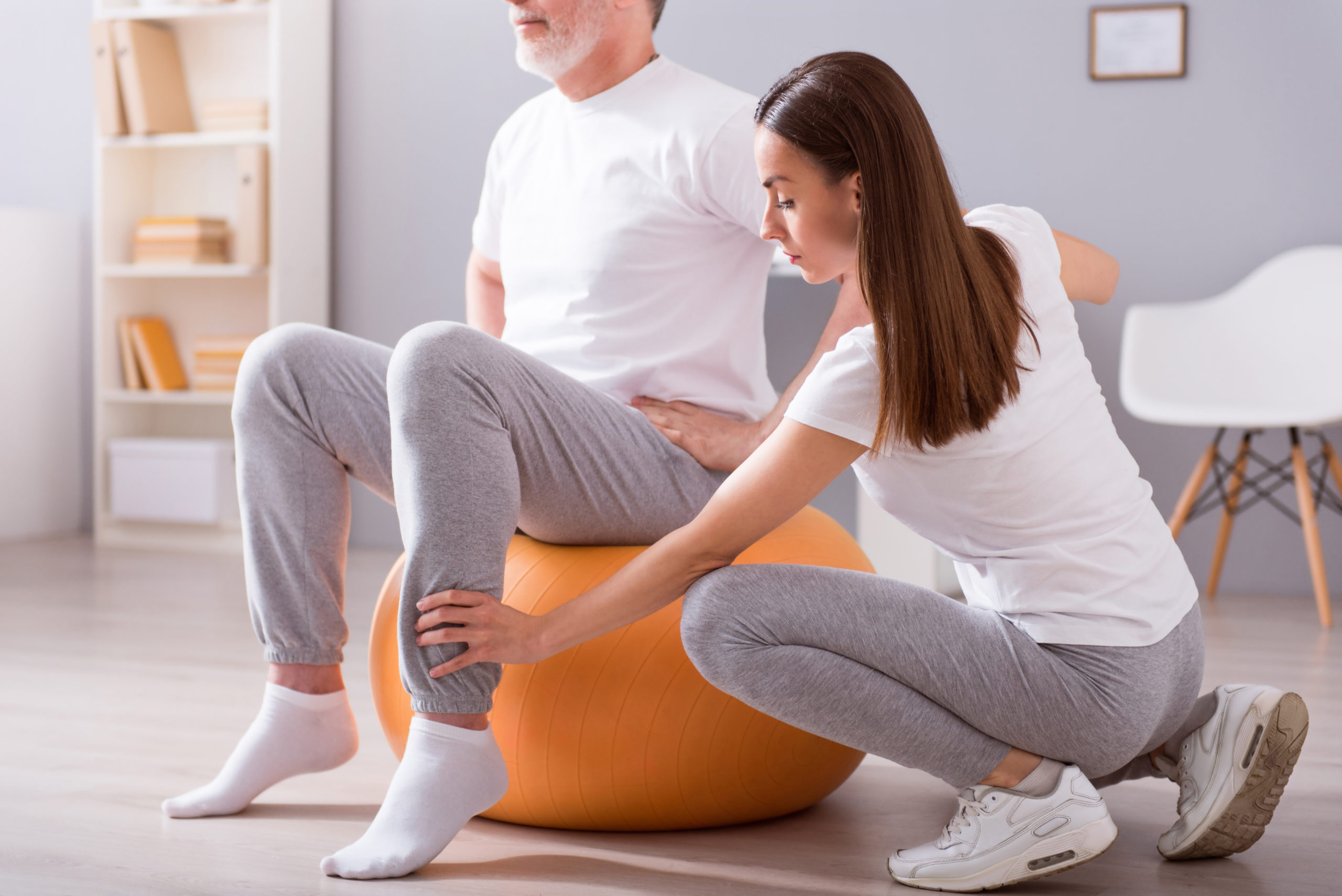Occupational therapy is a type of therapy that helps people with chronic conditions by promoting self-care, prevention, and rehabilitation. They are an essential service for those dealing with a chronic condition. It helps them maintain their quality of life and function at home, work, and school.
They use various techniques to help patients develop skills for daily living. These skills may include learning how to cook, manage stress, and self-manage their chronic condition. The occupational therapist will assess a patient’s needs and then provide the appropriate services to help them reach their goals.
Ultimately, their goals are to help people with chronic conditions maintain their independence and regain their quality of life. To do that, occupational therapists use various equipment and techniques to assist their patients.
Assisting Standing, Seating, And Walking
Occupational therapists use standing, sitting, and walking assistance devices to help patients with mobility issues.
Standing, Sitting, and Walking Assistance Devices: The standing device assists the patient in standing on their own. A sit-to-stand device helps them stand from a seated position. The walking assistance device supports the patient’s weight as they walk.
The occupational therapist uses these devices to help patients practice skills required for daily living. Here are the pieces of equipment used for the job:
Walker And Rollator
Walker and Rollator are two types of mobility aids that help people with disabilities to walk or move around.
Walker is a type of mobility aid that typically resembles a walking stick. It has a handle at the top and a curved, flat, or straight base. The primary purpose of this device is to support the person’s weight while walking, but it also provides stability when standing or sitting.
A rollator is another type of mobility aid that looks like an exercise bike with wheels. It can be used for both sitting and standing positions and support the person when they need it.
Standing Frames
Occupational therapists use standing frames to help people with balance, mobility, and stability issues.
Standing frames are typically made of wood and metal tubing. They can be found in a variety of heights from 2-6 feet tall and come in various colors. The height is usually determined by the user’s height or the length of their arms when using it for standing activities like reaching for items on a high shelf or standing at the sink to wash their hands.
Standing frames allow patients to practice balancing without falling, which will enable them to build confidence and improve their quality of life.
Pediatric Seating
Pediatric seating is an integral part of occupational therapy. It helps children with developmental delays and other disabilities learn how to sit in a chair by using its built-in support structures. Occupational therapists can also use pediatric seating to help children develop motor skills like reaching for toys and encouraging independent play.
Sensory Integration Equipment
Sensory integration is a term that describes the process of integrating sensory information from the body. Sensory integration is essential for everyday life and occupational therapy. It means that the brain must identify and process sensory input to maintain a healthy level of functioning.
Occupational therapists can use sensory integration techniques to help people with disabilities and other health issues such as autism, ADHD, or anxiety disorders. Occupational therapists can also use these techniques to help people recover from injuries or illnesses.
Here are the equipment utilized for the job:
Multisensory Devices
Multisensory devices help people with cognitive and sensory impairments, such as those who have dementia or autism. They can stimulate senses that are not functioning normally, such as vision or hearing.
Multisensory devices can be used in occupational therapy. They can help people with motor disabilities, such as stroke patients, develop a stronger sense of touch and improve their ability to learn new things.
The use of these devices has been increasing over the past few years and is expected to continue growing in the future.
Visual Stimulation Devices
Visual Stimulation Devices in occupational therapy help children with disabilities and cognitive disabilities. These devices stimulate the visual and auditory senses, improve attention span, increase focus, and reduce anxiety.
A study in the Journal of Occupational Therapy showed that children who use these devices had improved motor skills, increased confidence levels, and better social interactions.
Occupational therapists have found that these devices can help children with various conditions such as autism spectrum disorders, Down syndrome, Asperger’s syndrome, ADHD, developmental delay/disorders of language or cognition.
More common visual stimulation devices include screen-based toys, mirrors, and lightboxes.
Motor Activity Improvements
Motor activity improvement devices are used to help individuals improve their motor skills. These devices are often used in occupational therapy to improve the motor function of people with spinal cord injuries or other motor impairments.
The use of these devices is growing in popularity due to cheaper and more convenient options. Several companies have begun producing their versions of these devices, while others offer them as a service.
Here are the devices used to help patients improve their motor activities:
Balance Boards
Balance boards help children develop their motor skills, such as hand-eye coordination, balance, and mobility. They also help adults with Parkinson’s disease to improve their motor skills. When used in physical therapy, they can help patients with stroke recover more quickly by improving the strength of their muscles and the way they use them.
Balls And Rings
Balls and rings are a standard occupational therapy tool for children. They help children explore the world around them and work on fine motor skills by rolling balls or moving rings along a track.
The occupational therapy profession has been using balls and rings for over 50 years as an effective way to promote play, exploration, creativity, and gross motor skill development in children with disabilities.
Occupational therapists can use these tools to encourage children to explore their environment while working on fine motor skills such as hand-eye coordination.
Takeaway
Occupational therapists have been using many different types of technology to assist clients with their rehabilitation and recovery process. However, choosing the right equipment for your specific needs is complex. Contact us at Nova Home Health Care if you want to know which ones best suit your needs. We make sure that our services will improve your life as much as possible.








